Have you ever wondered where your ancestors lived in China and what their traditions, values and family culture were like?
Being Singaporean Chinese, this thought has often crossed my mind. Although many Singaporean Chinese now speak Mandarin (instead of their family dialects) thanks to the implementation of the Bilingual Policy (1959) and the Speak Mandarin Campaign (1979), many Chinese still identify with their family roots.
I, for one, identify more strongly with being Teochew. My grandmother would say this phrase often, “Teochew nang, kaki nang” (Teochew people are our people). This idea of being connected to your family’s roots and community of origin resonates strongly among many Overseas Chinese. This would present itself in nuanced forms such as being given hidden perks at hawker stalls run by Teochews, where you may would get an extra serving of noodles, or a larger cup of classic kopi when you speak the language.
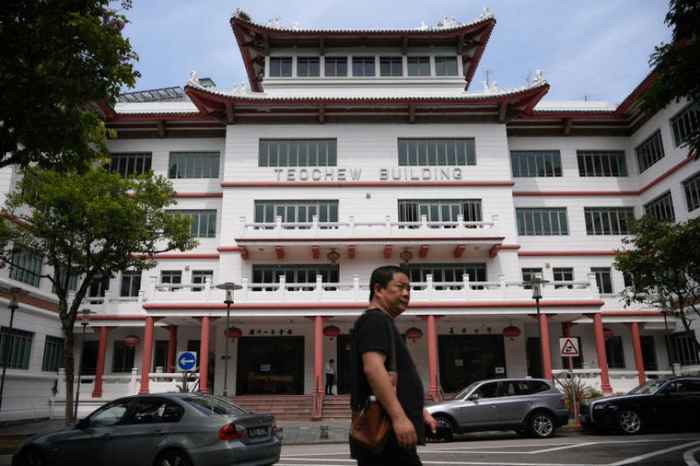
Although the distinctions between different Chinese clans are no longer so obvious in Singapore, subtle nuances still exist, particularly in the way we prepare food. As Teochews, food is preferred fresh and steamed. Our porridge has visible rice grains, while our Cantonese counterparts prepare porridge with a smooth and silky texture. However, apart from food, much of the Chinese traditions have taken a more Singaporean flavour.
If this is the case with your family too, you might be wondering what traditions your ancestral family had, and if any still ring true in your own family today. In order to get a better understanding of this, the first step is to find out where in China your family came from.
The Chinese Diaspora
According to research on the Chinese Diaspora, there are at least 50 million Overseas Chinese spread across 130 countries. The largest wave of Chinese immigration began in the 19th-20th Century to America, Europe and Australia. Although most migrants historically came from the South – specifically the provinces of Fujian and Guangdong – their origins are in fact very diverse.
So how can you find out where exactly your family came from in China?
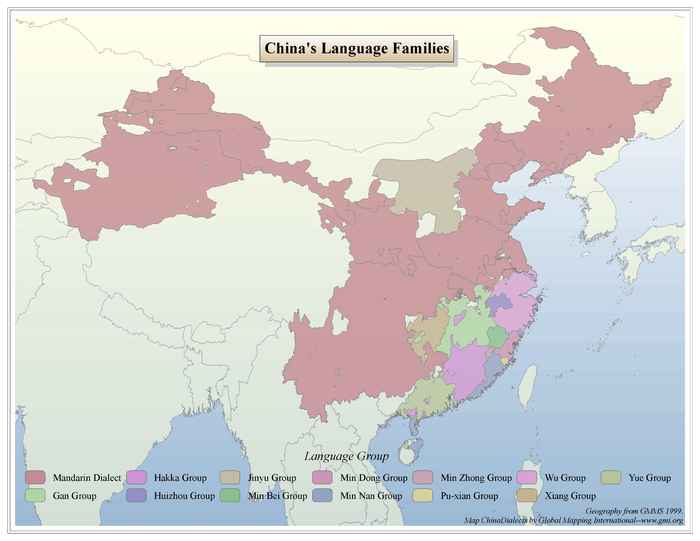
One of the ways to identify this is to first discover what language your family of origin spoke. They may be known by different names, but the major ones include: Cantonese, Hokkien, Teochew, Hainanese, Hakka, Taishanese, and Longdu. You should also look for any documents or clues from your family history, such as immigration documents, gravestones, or Chinese letters which might record your ancestor’s hometown. Once you have a name, you can head over to our Village Database to search for your ancestral place!
Top Ancestral Homes of Overseas Chinese
Disclaimer: The locations listed below refer to the historical origins of Overseas Chinese from the 1500s to the mid-1900s. In the past 40 years, there has been a greater diversification of their origins, with increasing numbers migrating from the northern and inland provinces of China.
1. Guangzhou / Canton
Technically, “Canton” could refer to either Guangdong Province, or Guangzhou City, one of China’s three largest cities. Guangzhou is home to 47.6 million residents and some of China’s most sought-after universities, such as the Sun Yet-san University. One of Guangzhou’s highlights is its annual Canton Fair.
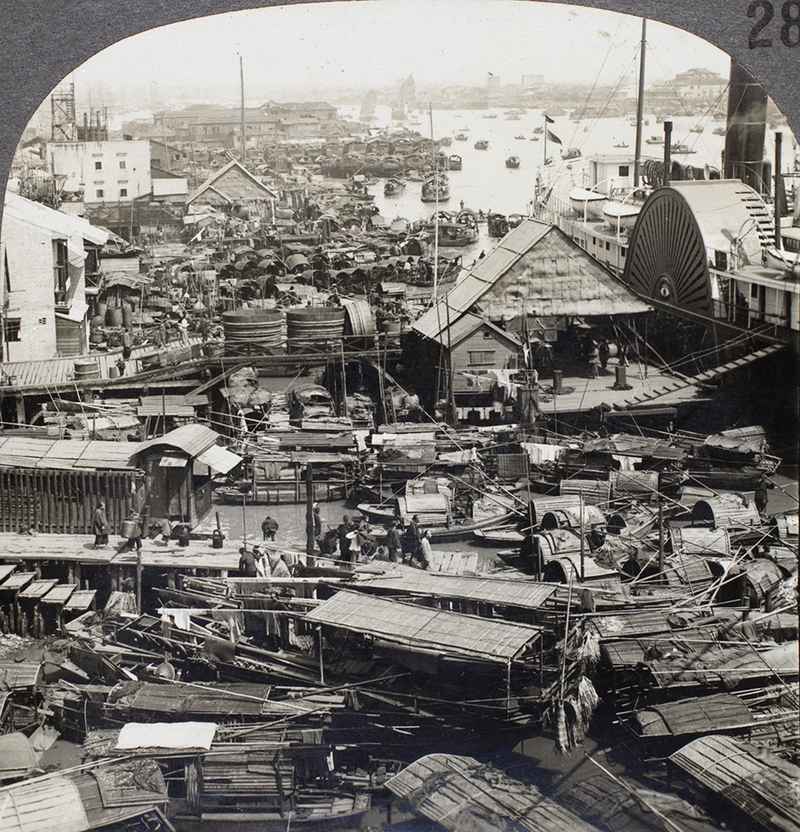
Guangzhou has one of the most widespread diasporas of all Chinese cities, and its natives have migrated to over 116 countries around the world. The largest wave of Chinese immigration happened in the 1930s, with most hailing from the Pearl River Delta.
2. Hong Kong
Hong Kong is also one of the largest homes to Cantonese families, where Cantonese is spoken more than Mandarin. Interestingly, it is known for having the most number of skyscrapers in the world. Hong Kong is also well-celebrated for its delicious food, in particular their dim sum and egg tarts.
As a key maritime port and a British colony between 1841 and 1997, Hong Kong was considered a refuge to migrants from all over the country during China’s more tumultuous years.
3. Macau
Macau, a former colony of the Portuguese Empire, became a part of China in 1999. Macau is a popular hotspot for tourists, especially those with a lucky streak. Its gambling industry earns more than seven times that of Las Vegas! Many Macanese families migrated to Central and South America, such as Cuba, Peru and Brazil.
Research tip: Migrants frequently recorded their port of departure as their hometown. If you have ancestors from Canton, Hong Kong, or Macau, they probably came from the surrounding countryside as opposed to these cities.
4. Seiyup / Sze Yup / Siyi
Sei Yup refers to the 4 counties of Taishan (also known as Hoisan, Toisan), Xinhui (also known as San Wui, Sin Wei, Sun Wee), Kaiping (Hoiping) and Enping (Yan Ping). Stars like Donnie Yen (our favourite IP Man!), Chow Yun-Fat and Andy Lau, have ancestral roots from Sei Yup. In recognition of these celebrities, Jiangmen Star Park, a celebrity-themed park was built in 2010.
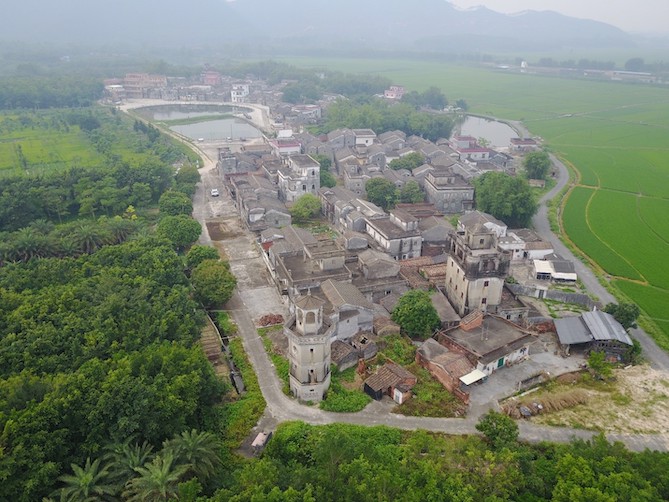
Sei Yup is also known for the beautiful county of Kaiping, which is famous for its dialou architecture (watchtowers built in European style by returning Overseas Chinese).
5. Sam Yup / Nam Pun Shun/ Sanyi
Sam Yup refers to the 3 counties of Nanhai (aka Nam Hoi), Panyu (Poon Yue) and Shunde (Shun Tak). Shunde was added into UNESCO’s Creative Cities Network and is celebrated for its exquisite Cantonese cuisine. Shunde is also known to be the ancestral home of Bruce Lee. In Jun’an, you will be able to find a Bruce Lee Memorial Museum to celebrate his legacy.
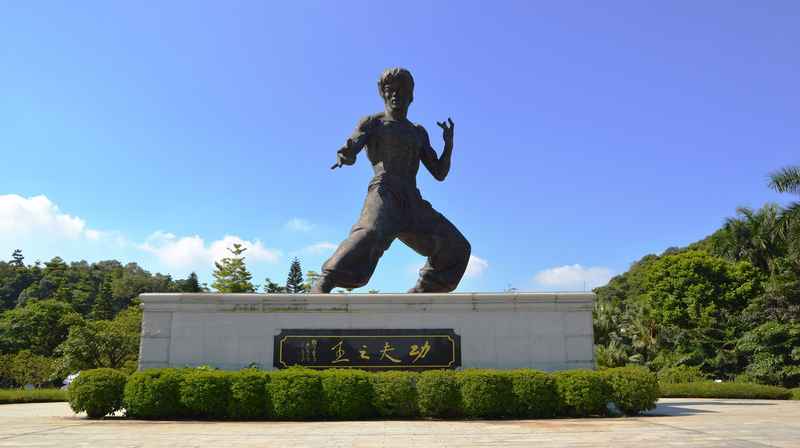
Most Chinese-American and Chinese-Canadian families can trace their ancestry to either Sze Yup or Sam Yup.
6. Zhongshan
Zhongshan (Chungshan) is home to 2 natural hot springs and the World Lamp King Museum which opened in 2015. Its local dialect, Longdu or Longtou Wah, is related to Southern Min or Hokkien. Many Zhongshan migrants settled in the United States, Canada, Peru, Mexico, Southeast Asia, and there is a particularly large community in Hawaii and Australia. Previously known as Heungshan (“fragrant hill”), it was renamed Zhongshan in honor of its most famous native: Sun Yat-sen (Sun Zhongshan), the “father of Modern China”.
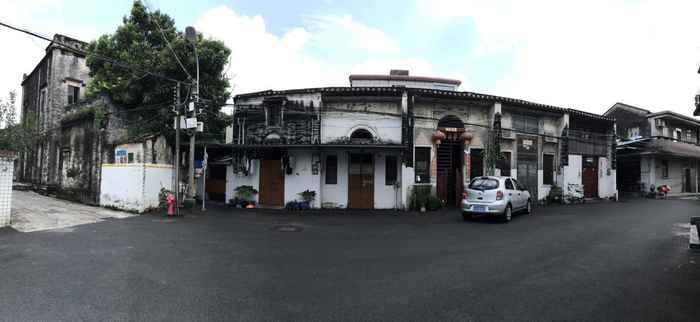
7. Fujian Province
Fujian Province has a total of 12 cities, with most natives settling in Southeast Asian countries such as Taiwan, Singapore, Indonesia, Philippines, Malaysia, Burma and Thailand. Fujian is home to four UNESCO Heritage Sites. Hokkien speakers form the majority of Chinese communities of Singapore and the Philippines.
8. Xiamen
Xiamen, also known as Amoy, is located in Fujian Province. Xiamen is well-known for its beaches and for Gulangyu Island, a pedestrian-only Island with countless Victorian-style buildings. During the 19th century, it served as the primary international port for Fujian and was at the center of China’s tea trade with Europe and the Americas. (This is also why the word “tea” hails from the Hokkien pronunciation, “teh” as opposed to “chaa”.)
Though many Southeast Asians claim their origins in “Amoy”, the vast majority came from the surrounding towns and countryside.
9. Quanzhou
Also known as Zaiton or Chinchew, Quanzhou is recognized as a historical cultural city, and is celebrated for its various forms of Opera (Liyuan Opera, Gaojia Opera and Dacheng Opera) as well as Yongchun martial arts. As China’s main port for foreign traders from the 11th to the 14th century, Quanzhou was a key stop in the maritime Silk Road and was famously visited by Marco Polo. Approximately 6 million Overseas Chinese trace their ancestry back to Quanzhou.
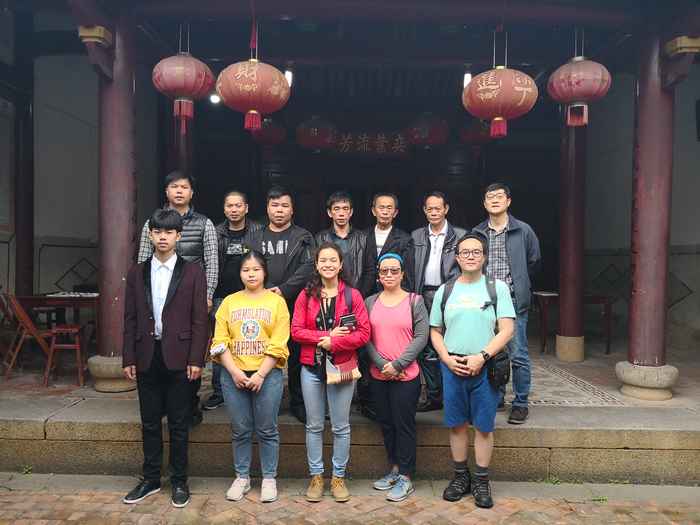
10. Zhangzhou
The third most important ancestral home to Overseas Chinese is Zhangzhou, a prefecture city in Southern Fujian. Also known as Chiang Chiu or Changchu, it was the primary Fujianese port trading with Portuguese Macao and Spanish Manila before Xiamen became the main port in the 19th century. Over the years, natives migrated in large numbers to Indonesia, Malaysia, Singapore, Philippines, and Thailand.
11. Chaoshan / Teoswa
Most Teochews hail from an area called Chaoshan in Guangdong Province, on the border with Fujian province. Chaoshan encompasses Chaozhou, Shantou (aka Swatow), and Jieyang. Chaoshan is a cultural hot-spot and is well-known for its famous Chaozhou Opera, which has a history of more than 500 years. Chaozhou is also known for its unique gongfu tea ceremony, a tea ritual highly raved by tea connoisseurs. Apart from tea, the delicious “Bak Kut Teh” (pork bone soup) and “mue” (porridge) come from Chaoshan. Most Teochews migrated to Thailand, Cambodia, Singapore, Philippines, Malaysia, Burma, North America, France and Vietnam.
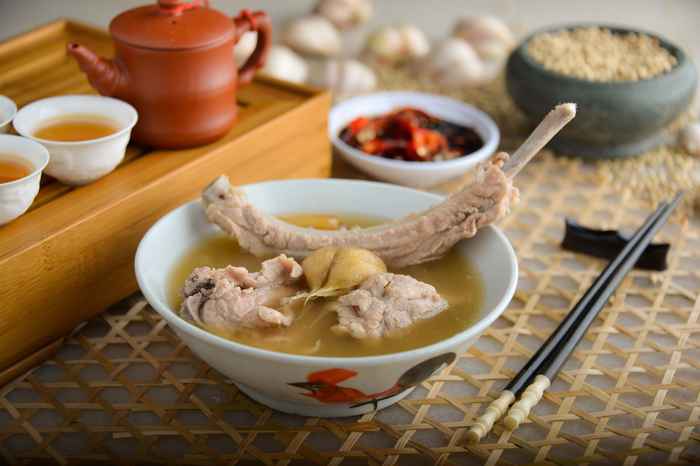
12. Hainan
Hainan is one of the smallest provinces of China. It is known for its different attractions such as Phoenix Island, Monkey Island and Yanoda (a beautiful rainforest area). Singapore and Malaysia’s favorite cuisine, Hainanese Chicken Rice, hails from Hainan. Similar to the Hokkiens and Cantonese, Hainanese mostly migrated to Southeast Asian countries such as Thailand, Singapore and Vietnam. One of the most famous figures from Hainan is Charlie Soong. His three daughters, later on known as the Soong Sisters, were among the most significant political figures in 20th Century China.
13. Meizhou
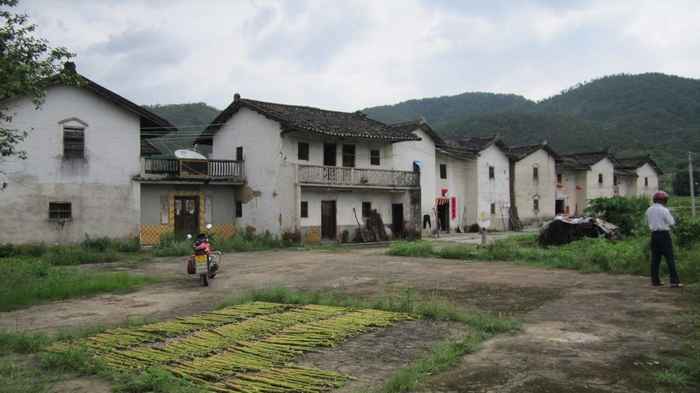
Meizhou is part of Guangdong province and is home to about 4 million people. Hakkas are a unique group of the Han Chinese and many migrated to remote parts of the world. Some of them also migrated to Southeast Asia, India and Mauritius. Yong Tau Foo (stuffed tofu) is known to be a feature of Hakka cuisine.
14. Shenzhen and Dongguan
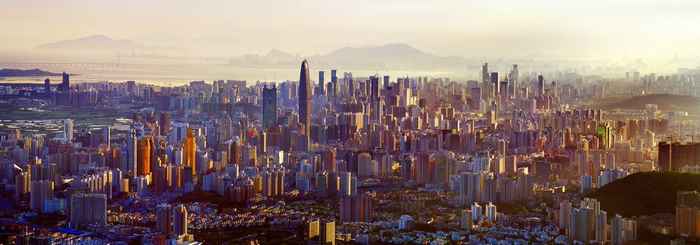
On the border with Hong Kong, the cities of Shenzhen and Dongguan are another homeland to Hakka Overseas Chinese. Together with Hong Kong, they were previously part of a vast territory known as Bao’an or Pow Onn (also known as Xin’an or Sin On). Especially since the 19th century, local Hakkas have migrated to many regions around the world, including Southeast Asia, the United States, Canada, Australia, but also India, Jamaica, Trinidad, Suriname, Panama, Argentina and Brazil.
Shenzhen is sometimes dubbed the “Sillicon Valley of China”, though it was a sleepy rural seaside village until the 1980s.
Where are your roots in China? Let us know in the comments!

Find your ancestral village and connect with Chinese relatives!
If you are interested in finding your ancestral village and connecting with relatives in China, we would love to be of assistance. Our global team of researchers has helped hundreds of families discover their Chinese roots. Learn more about our services or go ahead and get in touch!
With the global pandemic, My China Roots is offering virtual tours packaged with our research trips to your ancestral village. Check out a demo here!


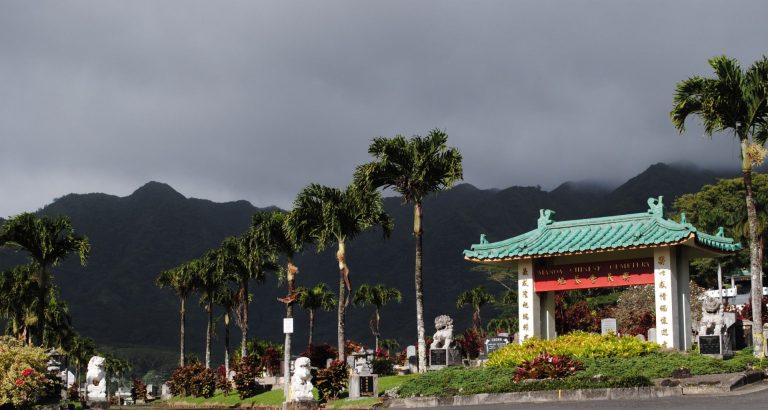
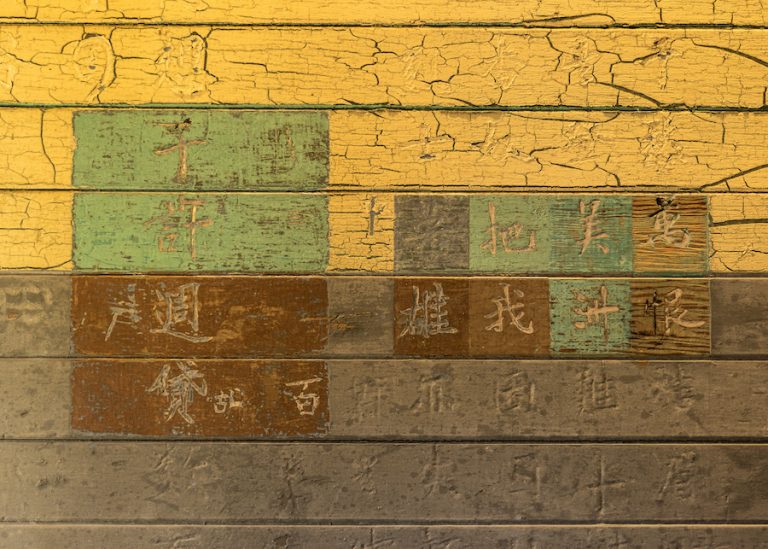
Nice & informative article.
I am 4th generation ethnic Chinese, also Chaozhou and was also born and raised in Singapore. I have moved to the US for the last 20+ years. It’s very difficult to find roots from the US.